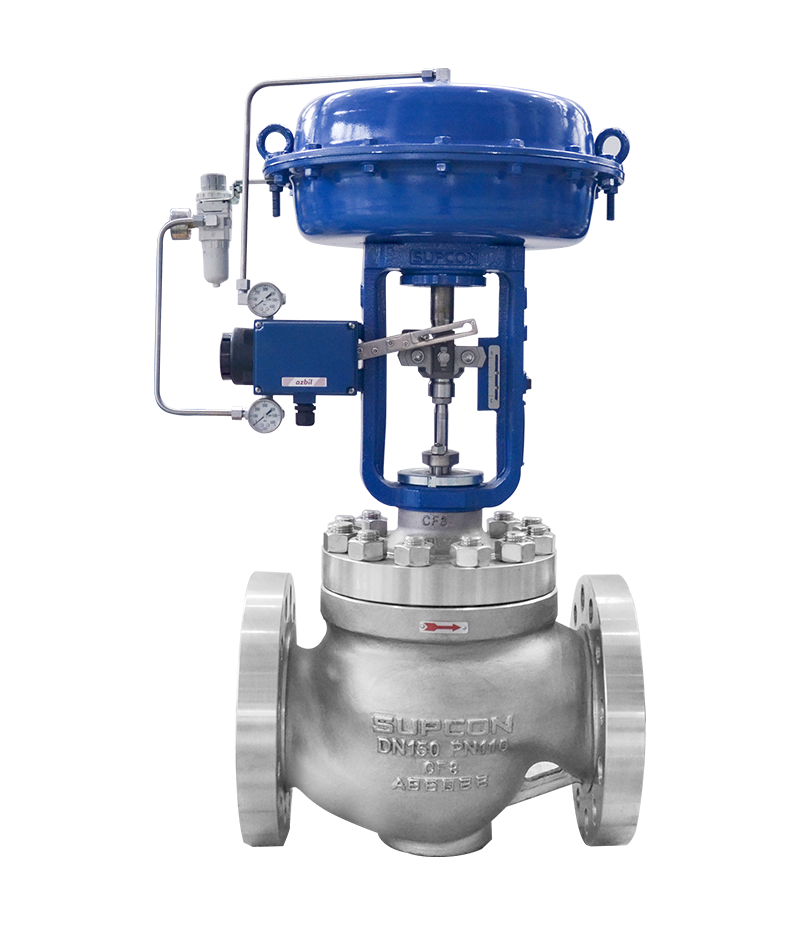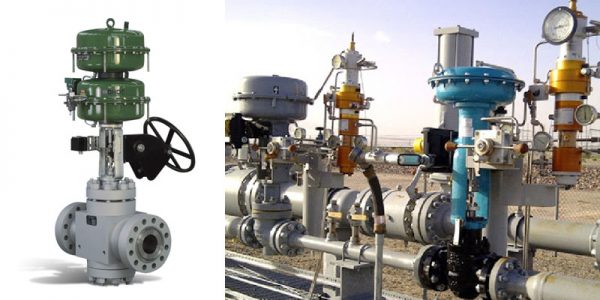
Maximize Energy Financial Savings and Convenience With Advanced Building Automation Controls
In the realm of modern-day architecture and center administration, the assimilation of innovative building automation manages stands as an essential improvement. The merging of modern technology and sustainability has birthed a new period where energy performance, comfort optimization, and functional streamlining are no much longer possible truths but remote desires. By using the power of automation, buildings can adapt, react, and progress in means that were once unimaginable. The possibility for considerable energy savings and boosted comfort is not simply a pledge yet a possibility waiting to be met. This paradigm change in building monitoring holds the essential to opening a globe where environmental conscientiousness and passenger health harmoniously exist together within the wall surfaces of our structures.
Power Effectiveness Perks
Energy performance advantages can significantly decrease energy consumption and operational prices in structures. Energy-efficient systems, such as advanced structure automation controls, can maximize the usage of resources like heating, air conditioning, and illumination, leading to reduced power costs over time.
Moreover, boosted energy performance can extend the lifespan of structure devices and systems. By operating much more successfully, cooling and heating systems, lighting fixtures, and other building components experience less wear and tear, causing reduced maintenance and substitute prices. In addition, energy-efficient structures typically command greater residential property values and rental prices, offering long-term monetary benefits to proprietors.
Additionally, power performance can boost passenger comfort and productivity. Effectively managed interior atmospheres with optimal illumination and thermal problems develop a more conducive and positive office, leading to improved worker fulfillment and performance. On the whole, the energy efficiency benefits connected with advanced structure automation controls are complex, encompassing expense financial savings, environmental stewardship, and occupant health.
Enhanced Convenience Control
Enhancing convenience control in structure settings calls for a sophisticated integration of sophisticated automation systems for optimal occupant well-being. By using innovative structure automation controls, facilities can customize the indoor atmosphere to satisfy the details needs and choices of occupants. control valves.
By integrating these innovative controls, structures can not only improve comfort but additionally improve power efficiency by enhancing system procedures based on actual occupancy and use patterns. Ultimately, focusing on occupant convenience with sophisticated automation systems leads to an extra satisfying and much healthier interior setting.
Functional Effectiveness Improvements

Additionally, the implementation of real-time surveillance and analytics tools allows building operators to recognize energy inefficiencies and operational abnormalities quickly. By continuously checking power use patterns and system performance metrics, Home Page modifications can be made in real-time to optimize energy intake and ensure peak operational performance. control valves. Additionally, including need response strategies into building automation controls can additionally boost functional performance by dynamically changing power use based upon grid problems and pricing signals
Indoor Environment Optimization
Efficient indoor climate optimization is an essential element of structure automation controls, making sure passengers' comfort and well-being while making the most of energy savings. By utilizing advanced sensing units and controls, developing automation systems can constantly check and change temperature level, moisture levels, air high quality, and ventilation to produce an ideal indoor setting. Keeping comfy and constant conditions not only improves owner contentment but also enhances best site productivity and general health.
Interior climate optimization additionally plays a critical duty in energy effectiveness. By fine-tuning air flow, heating, and cooling systems based upon real-time data and occupancy patterns, developing automation controls can considerably reduce power intake - control valves. Implementing methods such as demand-controlled ventilation and thermal zoning can aid reduce power waste while making sure that each area of the structure obtains the required conditioning.

Sustainable Environment Production
Structure go to website automation controls not only maximize indoor climate problems for power effectiveness and occupant comfort but also lay the structure for producing a sustainable environment through tactical administration of systems and resources. By integrating innovative structure automation modern technologies, such as sensors, actuators, and smart software program, facilities can keep track of and change power usage in real-time to decrease waste and minimize their carbon footprint. These systems make it possible for anticipating maintenance, recognizing possible issues prior to they rise and optimizing tools efficiency to boost durability and efficiency.
Moreover, lasting environment production prolongs past energy administration to incorporate water preservation, waste reduction, and interior air quality enhancement. Building automation controls can control water usage, discover leakages, and guarantee correct waste disposal techniques, contributing to general sustainability initiatives. Furthermore, by monitoring and managing air flow and filtration systems, these innovations boost occupant wellness and performance while lowering energy consumption connected with cooling and heating procedures.
Verdict
Finally, progressed building automation manages deal significant benefits in regards to energy financial savings, convenience control, operational effectiveness, interior environment optimization, and producing a sustainable environment. By carrying out these controls, structures can accomplish optimal efficiency while reducing power intake and boosting resident comfort. It appears that making use of innovative automation modern technology is crucial in enhancing structure performance and creating a much more lasting future.
Power efficiency advantages can considerably reduce power usage and operational expenses in buildings. Overall, the power performance benefits connected with advanced building automation controls are multifaceted, encompassing cost savings, environmental stewardship, and resident wellness.
Furthermore, integrating need feedback techniques right into structure automation controls can better improve operational efficiency by dynamically readjusting power usage based on grid conditions and pricing signals.
Building automation regulates not only enhance indoor environment conditions for energy efficiency and owner comfort yet also lay the foundation for developing a lasting environment with critical management of resources and systems.In final thought, progressed structure automation controls deal substantial advantages in terms of power cost savings, comfort control, operational performance, interior environment optimization, and creating a sustainable environment.